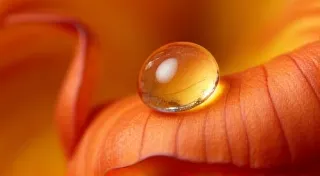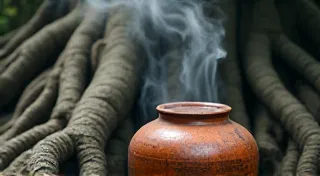Indigo Echoes: Sourcing and Cultivating Roman Chamomile Beyond the Supermarket Shelf
There’s a peculiar comfort in the scent of old things. The dusty aroma of antique books, the faint, sweet trace of beeswax on aged wood, the whisper of dried flowers pressed between the pages of a forgotten journal. For me, it's compounded by the scent of Roman Chamomile – but not the cheerful, almost aggressively bright chamomile you find in tea bags. This is something deeper, a dusky echo of a more complex aroma. This is Chamaemelum nobile, Roman Chamomile, a plant steeped in history, craftsmanship, and a quiet potency that deserves far more than a fleeting sip from a supermarket tea.
My journey with Roman Chamomile began, as so many do, with a seeking. I was searching for something *more* than the standard herbal remedy. I collect antique accordions – beautiful, complicated machines of bellows, reeds, and keys, each a testament to human ingenuity and a longing for melodic expression. The process of restoring them, bringing them back to life, instilled in me a deep appreciation for the beauty of imperfection, the value of authenticity, and the enduring quality of well-made things. The chamomile, I realized, was part of that same philosophy – a rejection of mass-produced, homogenized experiences in favor of something real, something layered, something truly special.
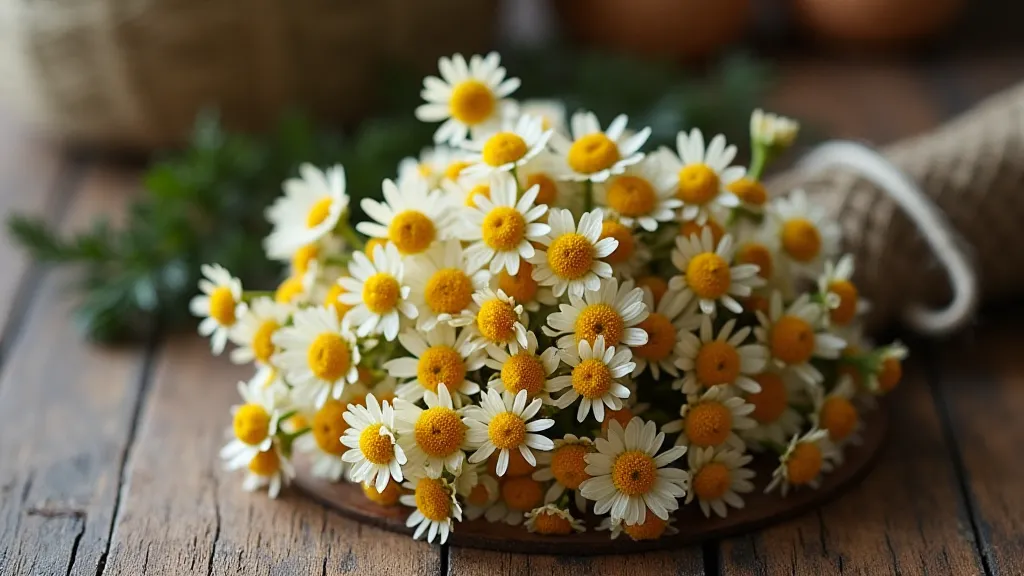
A Royal Past: The Legacy of *Chamaemelum nobile*
Roman Chamomile's history is interwoven with that of European royalty and ancient healing traditions. Unlike its German cousin, Matricaria chamomilla, which gained popularity through mass production, Roman Chamomile was cultivated in royal gardens, prized for its distinct flavor and therapeutic properties. It found its place in the apothecaries of kings and queens, utilized for calming nerves, aiding digestion, and soothing skin ailments. Imagine the royal gardens of England, meticulously tended by skilled gardeners, dedicated to nurturing this precious herb, a small green jewel in a crown of blossoms. The dedication, the artistry – it’s a legacy we can still connect with today.
While German Chamomile's bright, apple-like scent is refreshing, Roman Chamomile offers a more nuanced experience. It’s apple-like too, yes, but grounded by a subtle earthiness, a faint hint of honey, and a slightly bitter undertone. It’s the difference between a mass-produced biscuit and a hand-baked pastry – both sweet, but one imbued with a depth of flavour and care that the other lacks.
Sourcing Authenticity: Beyond the Supermarket Shelf
Finding genuine Chamaemelum nobile seeds or plants can be surprisingly challenging. Many seed suppliers mistakenly label Matricaria chamomilla as Roman Chamomile, capitalizing on the popular appeal of chamomile in general. It’s a common frustration for anyone seeking authenticity. The subtle differences in appearance – Roman Chamomile has a more sprawling growth habit and distinctly darker, apple-green foliage – are often overlooked in casual identification.
Look for reputable nurseries specializing in heritage or medicinal herbs. Ask questions! Don't be afraid to inquire about the provenance of the seeds or plants. A truly knowledgeable supplier will be able to confidently distinguish Chamaemelum nobile from its more common cousin and will be happy to share their expertise. Consider joining online herbalist communities – these are treasure troves of information and can often connect you with trusted sources.
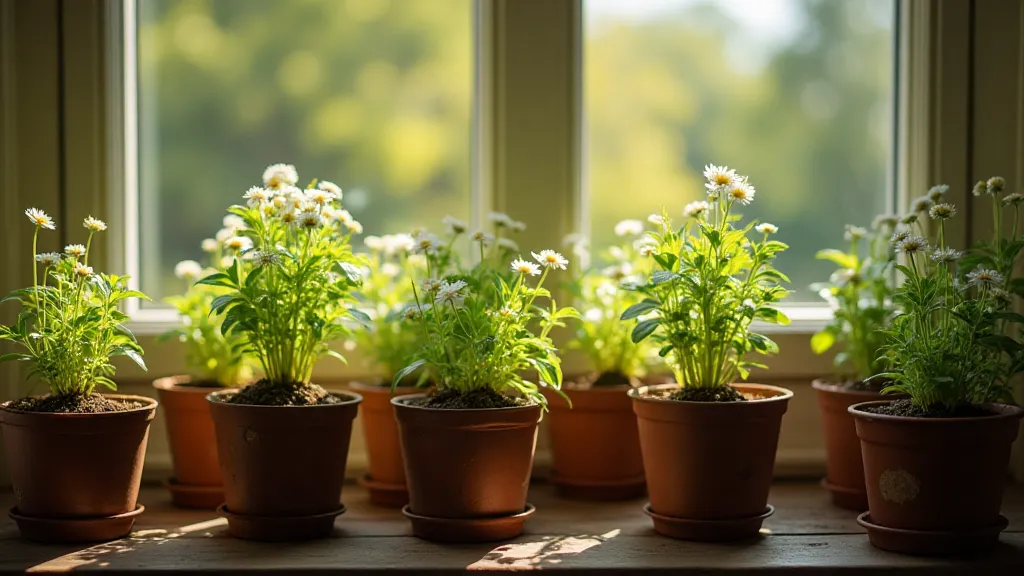
Cultivation in Diverse Climates: A Gardener’s Challenge
Roman Chamomile thrives best in well-drained soil and full sun, but it's surprisingly adaptable. It can tolerate slightly shaded conditions, making it suitable for a variety of gardens. The key is to avoid waterlogged soil, which can lead to root rot. It self-seeds readily, so be prepared to manage its spread if you don’t want it to take over your garden. Like any plant, Roman Chamomile is vulnerable to pests, but generally, it's relatively pest-resistant.
For those in warmer climates, providing some afternoon shade can prevent the plants from scorching. In cooler regions, mulching around the base of the plants can help to insulate the roots and retain moisture. It can be grown in containers, which provides more control over soil conditions and allows you to move the plants to protect them from harsh weather. The resilience of Roman Chamomile mirrors the inherent quality of the accordions I restore; they’re built to withstand challenges, to persevere through time.
Harvesting and Preservation: Capturing the Essence
The flowers are typically harvested when they are fully open and dry, usually during the morning hours after the dew has evaporated. Drying them properly is crucial to preserving their aroma and therapeutic properties. Spread the flowers in a single layer on a screen or tray in a cool, dark, and well-ventilated area. Allow them to dry completely, which can take several days or even weeks.
Once dried, store the flowers in an airtight container away from light and moisture. Properly stored, Roman Chamomile flowers can retain their potency for several years. The process of carefully drying and storing the flowers – a ritual of preservation – echoes the meticulous care I take when restoring an antique accordion; each step is a gesture of respect for the object’s inherent value and potential.
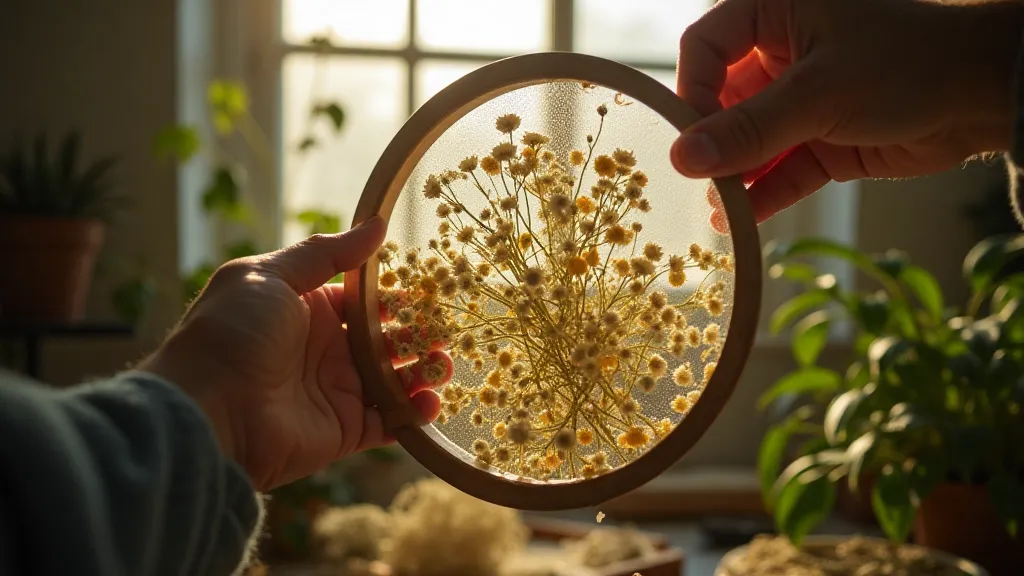
A Taste of History: Infusions and Beyond
While Roman Chamomile can be enjoyed as a calming tea, its versatility extends far beyond that. Its unique flavour profile makes it a wonderful addition to culinary creations. Try incorporating it into baked goods, salads, or even savory dishes. Its subtle bitterness can balance sweetness and add complexity to your cooking. Think of it as a hidden ingredient, a touch of history and craftsmanship that elevates the ordinary into something extraordinary. Like the subtle tuning of an accordion reed, its essence subtly enhances the whole.
Cultivating Roman Chamomile isn't just about growing a plant; it’s about connecting with a legacy, embracing authenticity, and appreciating the beauty of imperfection. It's a small piece of history, a quiet rebellion against the homogenization of modern life, and a testament to the enduring power of nature’s bounty.



